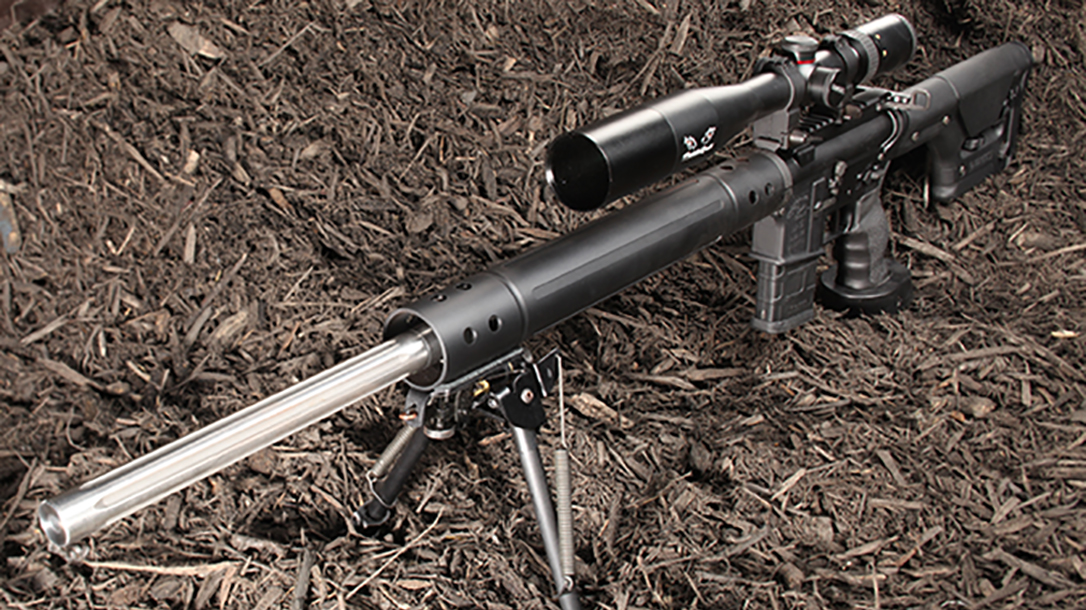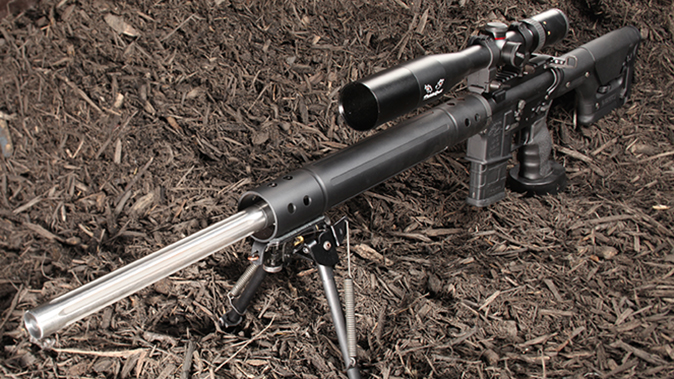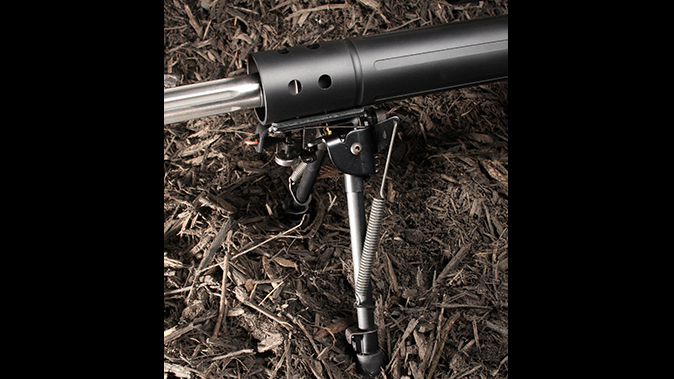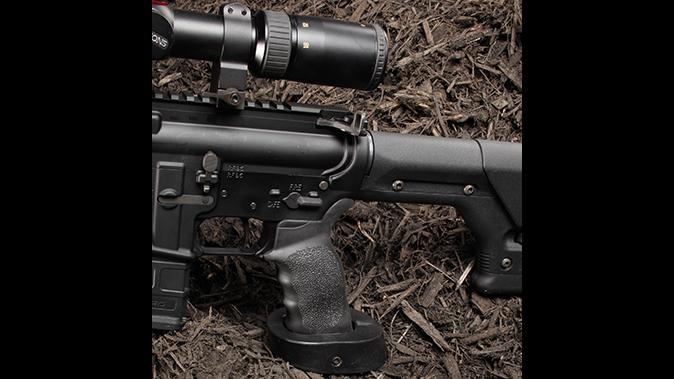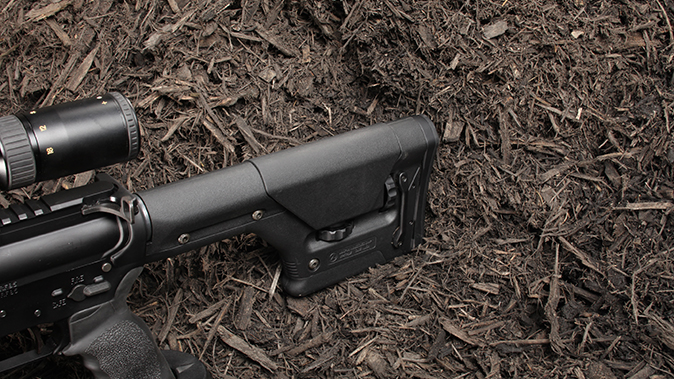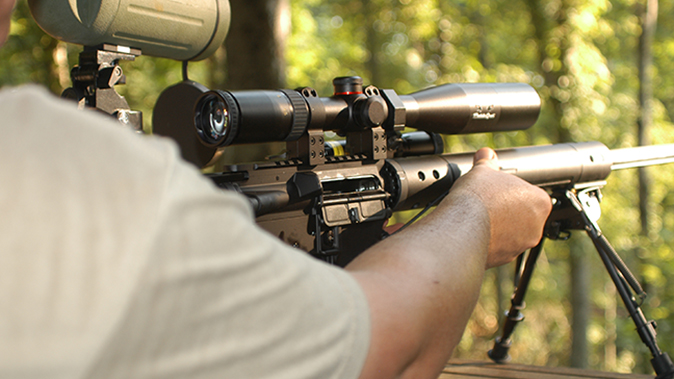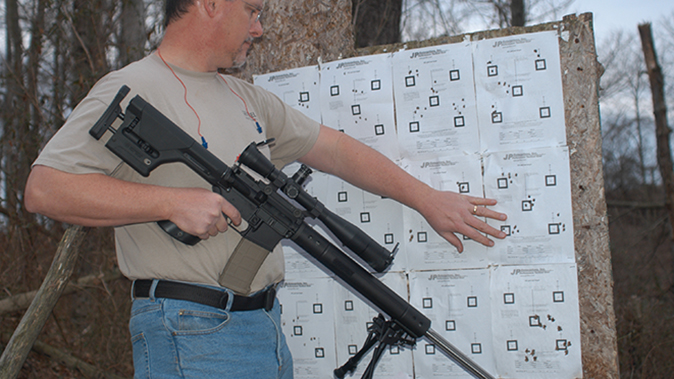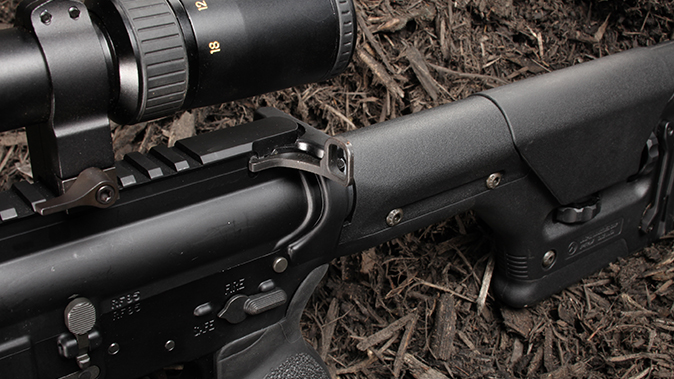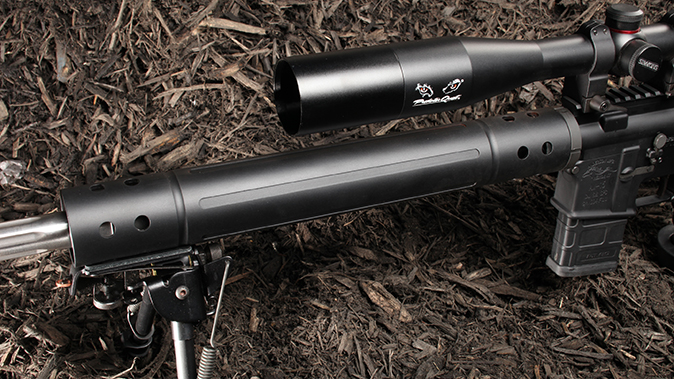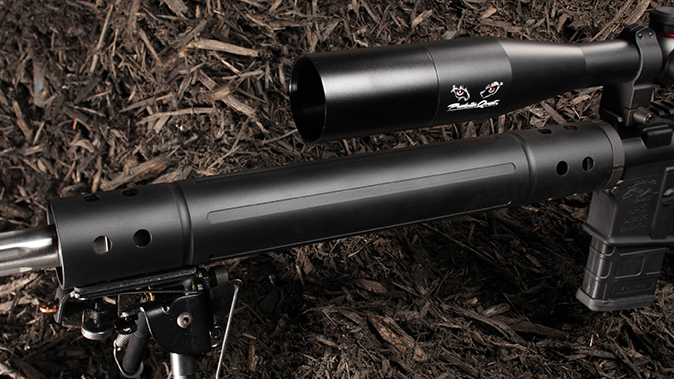The beaver is a frontrunner as one of the most economically disastrous wildlife species in North America. Every year, beavers cause hundreds of millions of dollars of damage by either cutting valuable trees or flooding forests, crop fields and, most conspicuously, metropolitan areas. Over the past three decades, I’ve earned decent money trapping and shooting nuisance beavers for bewildered landowners.
Over the past few decades, the U.S. Army Corps of Engineers has used congressional mandates and billions of taxpayer dollars to straighten and dredge rivers in the name of flood control. One of the Corps’ projects targeted my favorite duck hole in West Tennessee. Ironically, almost 40 years later, the Corps figured out that speeding up drainage upstream of New Orleans might pose some big problems. Now, some genius figured out that putting the old rivers back in their original channels might be a good idea after all. Well, that sounds like a great idea to some of my duck-hunting pals. The problem is that the local beaver population is preventing heavy equipment from getting into the swamp to do the work. Now it’s time to knock back the beaver population long enough to dry out the swamp to conduct the necessary earth work to put the river back into its old meandering channel.
Trapping is the preferred method to remove problematic beavers, but it doesn’t take many trap-shy flat-tails to keep an area flooded. That’s where I got a chance to employ Anderson Manufacturing’s Heavy Barrel Varminter in 6.8 SPC II, officially the AM15-VS24, to help the cause.
Advertisement — Continue Reading Below
Pest Control
Shooting problematic beavers is an early morning and late evening proposition. Most shots offered are headshots at moving targets. That’s where a precision rifle and a good light-gathering optic come in handy. Setting up on the riverbank near a beaver feed bed littered with freshly chewed limbs, I scanned the water with a pair of Kowa binoculars. The unmistakable V-wake downstream signaled that my quarry was on the move.
Waiting, I watched to see if any more of these varmints were going to join the first. The beaver dove and resurfaced a few moments later in the shallows against the far bank 60 yards away. Scanning up and down the channel, I saw another beaver moving downstream. I put the animal on the far bank in my crosshairs and waited. When the beaver moving downstream dove, I took the slack out of the trigger and fired. Not alarmed by the shot since its hearing was impaired while submerged, the second beaver resurfaced mid-channel 30 yards away. When it turned toward the far bank, it was swimming straight away. I put the crosshairs on its head at the waterline and tagged the second tree-muncher in less than 20 seconds.
About a minute later, my friend Paul Cook cranked his four-wheeler, and I listened as he motored through the swamp toward my location. When he rode up and killed the engine, I stood and waved him over. Impressed with my eradication efforts, he asked to take a closer look at the rifle.
Advertisement — Continue Reading Below
The Heavy Barrel Varminter I was able to test came chambered in 6.8 SPC II with a 25-inch, fluted, heavy-contour, stainless steel E.R. Shaw barrel. It features a 1-in-10-inch twist rate and an 11.5-degree target crown. Since this is a direct-impingement rifle, the barrel is fitted with a low-profile gas block and a rifle-length gas tube. Yankee Hill Machine’s 13.25-inch, free-floating handguard keeps this rifle running cool to the touch and provides a forward sling swivel attachment point, which I used for the supplied Harris bipod.
The trigger is a Timney target-grade model that breaks cleanly at 3.5 pounds. The lower receiver is also fitted with a Magpul PRS (Precision Rifle/Sniper) buttstock and an Ergo grip. An interesting note about Anderson Manufacturing rifles and receivers is that the company only sells serial-number-matched upper and lower receivers together to assure precise fitting. The AM15-VS24 model came with a forged 7075-T6 upper and lower receiver. The receivers, barrel and bolt carrier group get Anderson Manufacturing’s signature metal treatment, which sets this weapon apart from your run-of-the-mill AR-platform rifle.
Reduced Friction
Borrowing some new metallurgy technology, Anderson Manufacturing uses a metal treatment used by top NASCAR racing teams to reduce friction in engines and transmissions. By applying the treatment to AR uppers, lowers, barrels and other parts, the Hebron, Kentucky, tool and die company was able to reduce friction on moving parts by 85 percent—without lubricants. Needing a name for the metal treatment, the company didn’t overthink the issue and christened it “RF85,” for “Reduced Friction 85 percent.”
Advertisement — Continue Reading Below
Thanks to the Great Recession wreaking havoc in American industry over the past few years, Anderson Manufacturing was forced to seek sales alternatives to its devastated automotive and aerospace customers just to stay in business. Anderson Manufacturing has been in business for more than 40 years as a contract machine shop. Since the sales of firearms and ARs in particular were skyrocketing, Vice President of Sales Tom Steffner suggested to owner Carl Anderson that they get into the firearms business. It was a simple step to apply their knowledge of metal fabricating and treatment processes to building AR parts.
“We entered the gun market in late 2009 making OEM parts for other manufacturers,” Tom Steffner said. “After an industry trade show in 2010, we decided to get into building the guns ourselves.
“We can tell a difference in our guns,” Steffner added. “We’ve got something nobody else has with the RF85 process. We just jumped in with both feet and started building guns. The RF85 treatment isn’t marketing hype. This is something that has been scientifically proven by Oak Ridge National Laboratories.”
Advertisement — Continue Reading Below
RF85 isn’t a surface coating, but instead it adds a calcium component throughout the metal. In a laboratory setting, a piece of the treated metal beneath the surface layer was bombarded with electrons to emit gases yielding the metal’s component materials, and the lubricating calcium-like material was detected. In other words, the RF85 treatment won’t wear off with use. Applied to cutting tools, which is a primary use for the treatment, they still retain their lubricity with wear. In an automotive application, the process was applied to the gears in a racecar’s rear end. The result was the rear end unit could be run with only 1 quart of lubricating oil compared to the normal 5 quarts of oil.
“Motorheads” reading this will recognize the benefits of longer part wear and reducing gear “windage.” Reducing transmission rear-end windage by 80 percent puts an extra 5 horsepower on the ground. (Windage means more than making scope adjustments to compensate for wind velocity. In automotive applications, it refers to the energy lost when a part has to move liquid lubricant in addition to its intended function of transferring power.)
RF85 treatment applied to metal reduces heat from friction, too. Medical saw blades used for cutting off the bottom of the large leg bone in knee replacement surgery stayed more than 100 degrees cooler than a non-treated blade, thereby reducing bone-tissue damage by half.
Advertisement — Continue Reading Below
The RF85 treatment of Anderson’s AM15 rifles sets them apart from other ARs in that it allows the weapon to operate efficiently without traditional “wet” lubricant. In a coefficient friction test performed by Oak Ridge National Laboratory, the reduction of friction on all steel surfaces was reduced by 85 percent. According to Oak Ridge, the RF85-treated weapon cycles 23 percent faster and more reliably than a non-RF85-treated weapon with traditional wet lubricant. The RF85 guns operate at cooler temperatures and experience significantly less wear, all without traditional wet lubricant. RF85-treated rifles don’t experience failures due to excess dirt and carbon fouling in the action, either. According to the Oak Ridge testing report, “There are several advantages associated with friction reduction in general, two of those being heat reduction and increased component life.”
Another huge advantage offered by the RF85 treatment is incredibly easy cleanup and dramatically reduced carbon fouling. Just soap and water can remove 90 percent of the powder residue, with the remainder of the fouling removed with a small bristle brush.
“I can’t imagine why anyone would put oil on a combat rifle with this new technology,” Steffner said. “We’re going to be fighting in the sand for the rest of my life, and there’s nothing to gum up. All you need is a bottle of water to clean it up. You can’t see it and can’t smell it.”
Advertisement — Continue Reading Below
Over the past 18 months, I have run more than 3,000 rounds through an RF85-treated AM15. I cleaned it with soap and water at 600 rounds and have not since. I cleaned the Heavy Barrel Varminter as suggested with soap and warm water in the kitchen sink. It was amazing to see a soapy patch come out covered with shiny copper jacket material. It was a rather new experience to guard against dropping small parts of an AR bolt carrier assembly down the sink disposal. Skeptic that I am, after cleaning with water, I swabbed the bore with a copper solvent to see if any copper fouling remained. Surprisingly, the patch came out clean. Afterwards, I laid the gun outside in the sun and let solar energy dry the metal parts. The gun has run like a sewing machine ever since.
Range Time
To test the accuracy potential of the Anderson Heavy Barrel Varminter, I selected three factory loads and three handloads in 6.8 SPC. Five-shot groups were fired at 100 yards with each load. Velocities were measured at 10 feet with a Shooting Crony Gamma Master chronograph to generate data for a 10-shot average, standard deviation and extreme spread.
Hornady’s 110-grain boat-tail hollow-point (BTHP) load averaged 2,758 fps, and the extreme spread was 25 fps. The standard deviation for this load was 10 fps. The average group size measured 1.81 inches, with the smallest taping 1.43 inches.
Advertisement — Continue Reading Below
The second Hornady load was the 120-grain SST, which averaged 2,425 fps. I suspect that the chronograph had trouble reading this bullet, and it is my assumption that the average velocity should be in the 2,640-fps range. The average group measured 1.75 inches, with the smallest measuring 1.6 inches.
I had a few rounds of Silver State Armory’s 85-grain Barnes TSX loads, so I put them downrange. Two groups measured 1.32 and 1.98 inches. One group put four rounds into 0.54 inches, with the fifth round opening it up to 1.32 inches.
My handloads used once-fired Hornady brass with Federal Small Rifle Match primers. The first handload was 23 grains of IMR 4198 driving a 115-grain Sierra MatchKing at an average velocity of 2,330 fps. The standard deviation was 13 fps, with an extreme spread of 44 fps. The average for three 5-shot groups measured 1.1 inches, while the smallest measured 0.58 inches. A 90-grain Sierra hollow point driven by 26.4 grains of IMR 4198 produced an average of 2,797 fps. The standard deviation was 28 fps, and the extreme spread was 67 fps. The average group size measured 0.61 inches, and the smallest was only 0.49 inches.
Advertisement — Continue Reading Below
Sierra’s 110-grain Pro Hunter handload was driven by 31 grains of BL-C2. The 1.03-inch average was topped by a 0.90-inch group. The average velocity measured 2,439 fps, the standard deviation was 24 fps, and the extreme spread measured 79 fps.
The Heavy Barrel Varminter in 6.8 SPC is a hammer on varmints. Its sub-MOA accuracy means that it will hold together on critter-sized targets at extended ranges. And the heavier bullets will buck wind better on longer shots. Coupling this caliber with a unique metal treatment means that this rifle will provide dependable service for years to come. Unfortunately, Anderson is no longer producing the Heavy Barrel Varminter, but the company has plenty of other AM15 rifles.
Anderson Heavy Barrel Varminter Specs
| Caliber: 6.8 SPC II |
| Barrel: 24 inches |
| OA Length: 43.5 inches |
| Weight: 9.44 pounds (empty) |
| Stock: Magpul PRS |
| Sights: Optics-ready Picatinny rail |
| Action: Direct impingement semi-auto |
| Finish: RF85 |
| Capacity: 30+1 |
| MSRP: N/A |
Anderson Heavy Barrel Varminter Performance
| Load | Velocity | Accuracy |
|---|---|---|
| Hornady 110 BTHP | 2,758 | 1.43 |
| Hornady 120 SST | 2,425 | 1.60 |
| Silver State Armory 85 TSX | N/A | 1.32 |
| Handload | Velocity | Accuracy |
|---|---|---|
| Sierra 90 HP IMR 4198/26.4 | 2,797 | 0.49 |
| Sierra 110 Pro Hunter BL-C2/31 | 2,439 | 0.99 |
| Sierra 115 MatchKing IMR 4198/23 | 2,330 | 0.58 |
*Bullet weight measured in grains, velocity in fps by chronograph and accuracy in inches for best five-shot groups at 100 yards.
